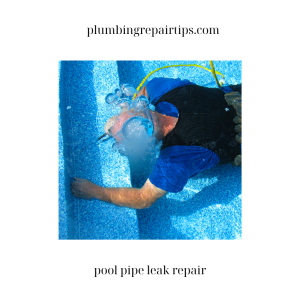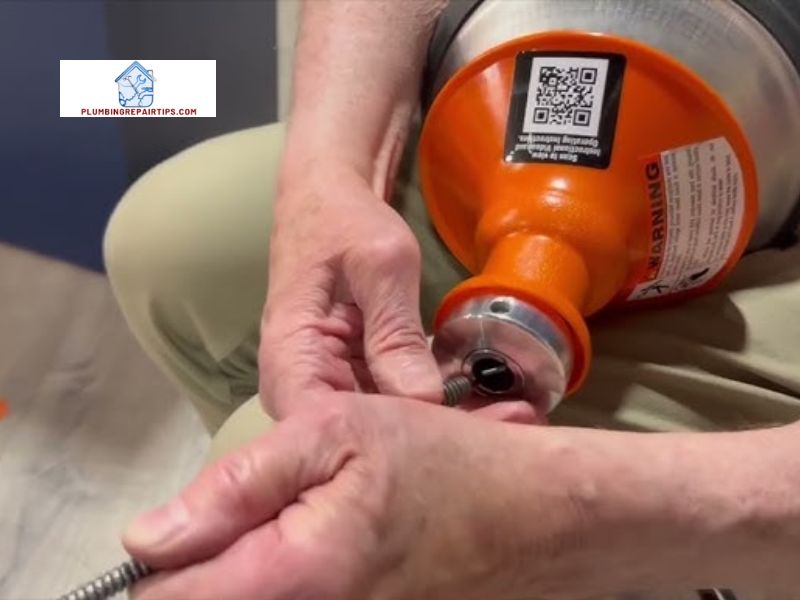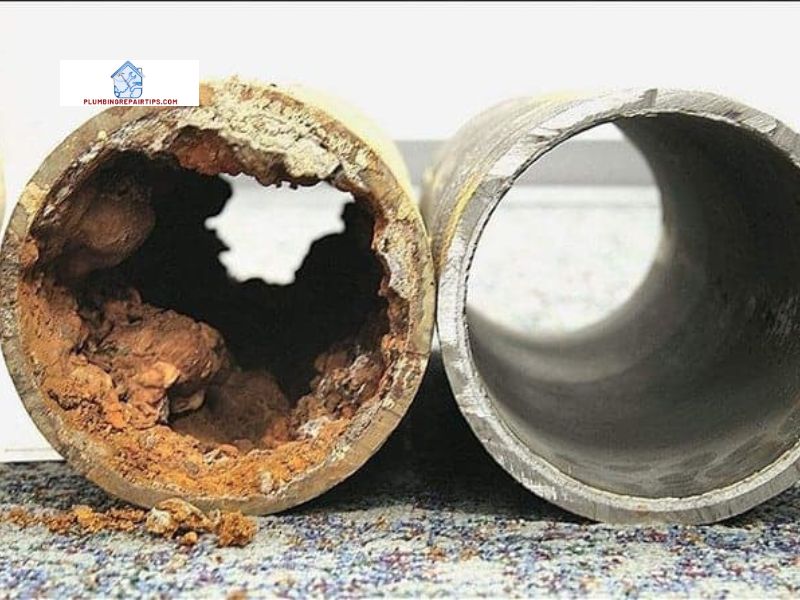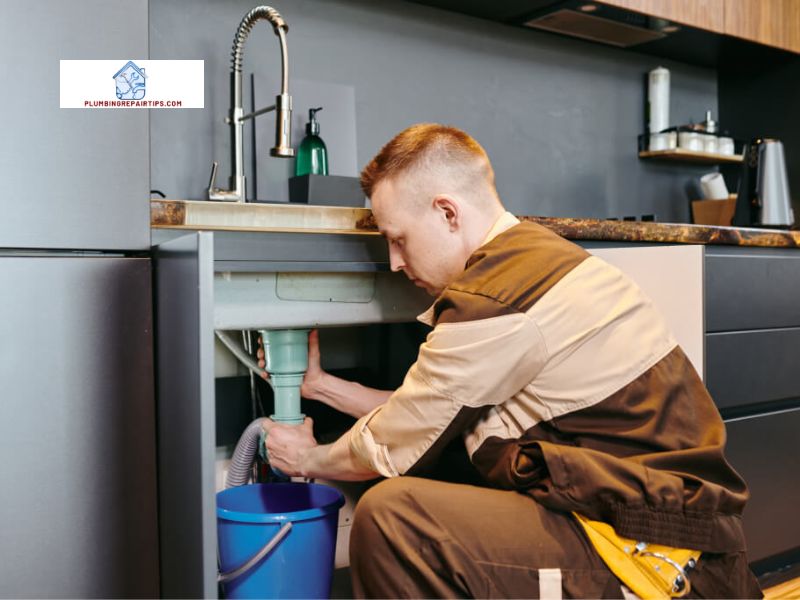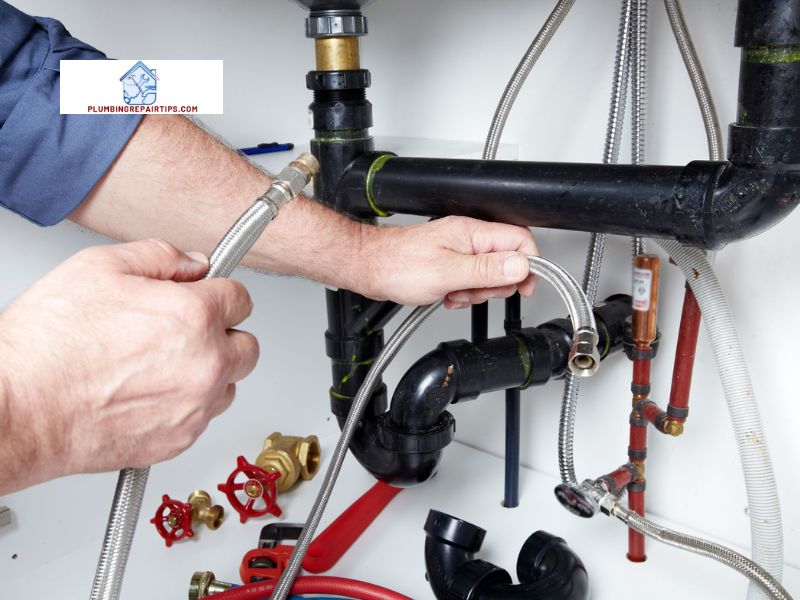Introduction to pea trap smell

Have you ever encountered a foul odor lingering in your bathroom or kitchen? One culprit that often goes unnoticed is the pea trap. But what exactly is a pea trap? Well, it’s a crucial component of your plumbing system designed to trap water and prevent sewer gases from entering your living spaces. In this article, plumbingrepairtips.com will delve into the world of pea traps and explore the importance of maintaining a clean and odor-free environment.
What is a pea trap?
A pea trap, also known as a P-trap, is a U-shaped pipe installed beneath sinks, showers, and toilets. It works by retaining a small amount of water after each use, creating a barrier between your living spaces and the sewer line. This water seal effectively blocks unpleasant odors from wafting back into your home. However, if neglected, a pea trap can become a breeding ground for bacteria, leading to a pungent and persistent smell.
The importance of maintaining a clean and odor-free pea trap
Maintaining a clean and odor-free pea trap is essential for several reasons. Firstly, nobody wants to endure the unpleasant stench that can permeate throughout your home. It can be embarrassing when guests visit and are greeted by an unwelcome odor. Secondly, neglecting proper maintenance can lead to the buildup of harmful bacteria and mold, posing health risks to you and your family. Lastly, a well-maintained pea trap ensures the smooth functioning of your plumbing system, preventing potential clogs and costly repairs.
Now that we understand the basics, let’s move on to exploring the causes of pea trap smell and how to identify it. Remember, a little knowledge can go a long way in preventing and resolving this pungent problem.
Stay tuned for Section II: Causes of Pea Trap Smell.
Causes of Pea Trap Smell
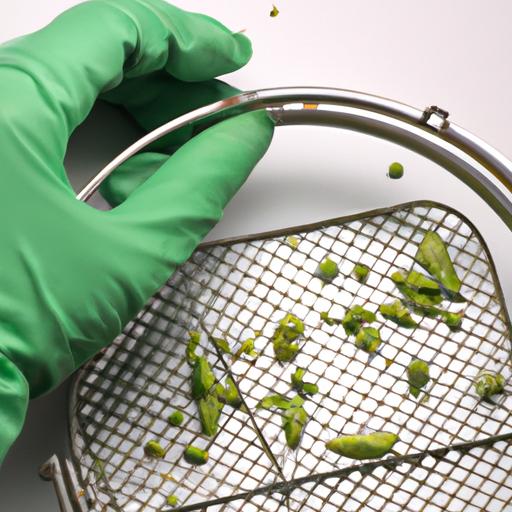
Explanation of common causes of odor in pea traps
When it comes to the unpleasant smell emanating from your pea trap, several factors may be at play. One common cause is the accumulation of food particles and debris that find their way down the drain. These remnants can decompose over time, releasing foul odors into the surrounding air. Additionally, soap scum, hair, and other organic matter can contribute to the smell, especially in bathroom sinks and showers.
Factors that contribute to the development of unpleasant smells
To effectively address pea trap smell, it’s crucial to understand the factors that contribute to its development. Insufficient water in the trap can lead to the evaporation of the water seal, allowing sewer gases to escape. Inadequate ventilation in the plumbing system can also trap odors, intensifying the problem. Moreover, infrequent or improper cleaning and maintenance can exacerbate the issue, as bacteria and mold thrive in such environments.
Effects of neglecting proper maintenance on pea trap odor
Neglecting proper maintenance of your pea trap can have significant consequences. Over time, the accumulation of debris, grease, and bacteria can create a stubborn odor that permeates your home. Not only is this unpleasant for you and your family, but it can also leave a negative impression on guests. Moreover, the presence of harmful bacteria and mold can pose health risks, particularly for individuals with respiratory conditions or weakened immune systems.
To combat pea trap smell effectively, it’s crucial to take proactive measures and implement preventive strategies. In the next section, we will explore preventive measures that you can adopt to keep your pea trap clean and odor-free.
Stay tuned for Section III: Preventive Measures for Pea Trap Smell.
Identifying Pea Trap Smell
Signs and Symptoms of a Smelly Pea Trap
When it comes to identifying a smelly pea trap, there are a few telltale signs to watch out for. Firstly, a strong and unpleasant odor emanating from your drains, especially when water is running, is a clear indicator of a potential problem with your pea trap. Additionally, if you notice a lingering musty or sewer-like smell in your bathroom or kitchen, it’s likely that your pea trap needs attention. Remember, ignoring these signs may exacerbate the issue, leading to more significant problems down the line.
Differentiating Between Normal Odors and Problematic Smells
It’s important to distinguish between normal odors and problematic smells that indicate a malfunctioning pea trap. While it’s natural for drains to have a mild sewage scent, persistent and overpowering smells are a cause for concern. If you’re unsure whether the odor is normal or problematic, consider the intensity, duration, and frequency of the smell. If it’s an occasional faint odor that quickly dissipates, it may be considered normal. However, if the smell is strong, consistent, and lingers even after cleaning, it’s advisable to investigate further.
Importance of Early Detection and Identification of the Issue
Early detection and identification of a smelly pea trap are crucial for several reasons. Firstly, addressing the issue promptly prevents the odor from spreading throughout your home, ensuring a pleasant and inviting environment. Secondly, by identifying the problem early on, you can take preventive measures to avoid potential health hazards associated with bacterial growth and mold formation. Lastly, resolving the issue promptly can save you from costly repairs and replacements in the future.
Remember, being vigilant in identifying and addressing pea trap smells is key to maintaining a fresh and odor-free home. In the next section, we’ll explore preventive measures you can take to keep your pea trap in optimal condition.
Stay tuned for Section IV: Preventive Measures for Pea Trap Smell.
Preventive Measures for Pea Trap Smell
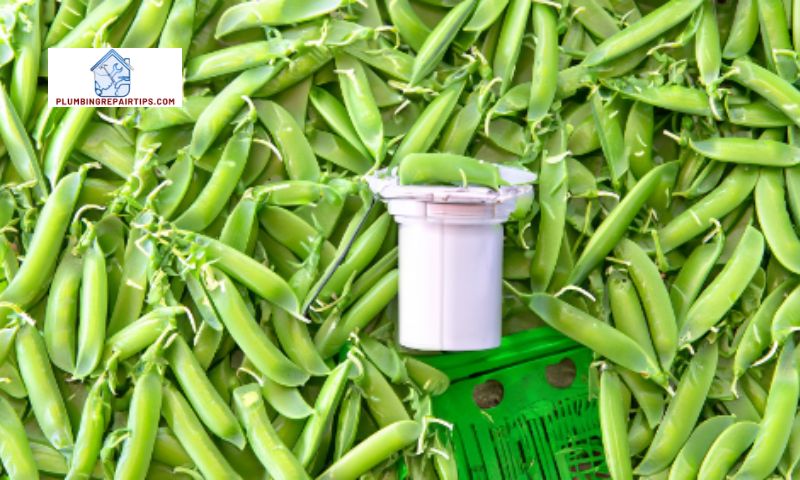
Proper Cleaning Techniques and Frequency to Prevent Odor Buildup
Keeping your pea trap clean is the key to avoiding unpleasant odors. Regular cleaning not only ensures a fresh-smelling environment but also maintains the functionality of your plumbing system. Here are some effective techniques to keep your pea trap odor-free:
- Flush with Hot Water: Once a week, pour a kettle of hot water down the drain to flush away any grease or debris that may have accumulated in the pea trap. Hot water helps dissolve substances and prevents them from sticking to the pipe walls.
- Use Baking Soda and Vinegar: Create a natural cleaning solution by mixing equal parts baking soda and vinegar. Pour this mixture down the drain, let it sit for a few minutes, and then flush with hot water. The chemical reaction between baking soda and vinegar helps break down any organic matter causing the odor.
- Scrub with a Brush: For stubborn buildup, use a small brush or an old toothbrush to scrub the inside of the pea trap. This helps remove any residue clinging to the walls, ensuring a thorough cleaning.
Importance of Regular Maintenance and Inspection
Prevention is always better than cure, and this applies to maintaining an odor-free pea trap as well. Regular maintenance and inspection can help identify and address potential issues before they escalate. Consider the following maintenance practices:
- Check the Water Seal: Ensure that the water seal in your pea trap is intact. If it dries out or evaporates due to infrequent use, it can lead to sewer gas odors seeping into your living spaces. Simply pour a cup of water down the drain to replenish the seal.
- Inspect for Leaks: Regularly inspect the pea trap for any signs of leaks or cracks. Damaged traps can compromise the water seal and allow odors to escape. If you notice any issues, it’s best to consult a professional plumber for repairs.
Tips for Preventing Pea Trap Smell in Bathrooms, Kitchens, and Other Areas
An odor-free pea trap is crucial not only in bathrooms but also in kitchens and other areas where sinks or drains are present. Consider the following tips to prevent pea trap smell throughout your home:
- Run Water Regularly: If you have infrequently used sinks or drains, make it a habit to run water for a few seconds every few days. This helps maintain the water seal and prevents odors from creeping in.
- Avoid Pouring Grease: Grease can solidify in the pipes and cause blockages, leading to unpleasant smells. Dispose of grease properly by allowing it to solidify and then throwing it in the trash.
- Use Drain Strainers: Install drain strainers in your sinks and showers to catch hair, food particles, and other debris. This prevents them from entering the pea trap and causing odor-causing buildup.
By following these preventive measures, you can ensure that your pea trap remains odor-free, promoting a fresh and healthy environment in your home.
Stay tuned for Section V: DIY Solutions for Eliminating Pea Trap Smell.
Professional Solutions for Pea Trap Smell
When it comes to dealing with persistent pea trap smells that DIY solutions may not completely eliminate, it’s time to consider seeking professional assistance. Plumbers who specialize in resolving plumbing issues can provide effective solutions to tackle the underlying causes of the odor. Here are some key points to consider when opting for professional services:
1. Overview of professional services
Professional plumbers offer a range of services dedicated to resolving pea trap smells. They have the expertise and tools necessary to identify the root cause of the odor and provide targeted solutions. From thorough inspections to advanced cleaning techniques, they ensure a comprehensive approach to eliminate the smell and prevent its recurrence.
2. Importance of hiring licensed plumbers
When dealing with complex plumbing issues, it is crucial to hire licensed and experienced plumbers. Licensed professionals possess the necessary training and knowledge to handle plumbing systems safely and effectively. By entrusting the task to a licensed plumber, you can have peace of mind knowing that the issue will be resolved correctly, minimizing the chances of further complications.
3. Tips for selecting the right professional service provider
When selecting a professional service provider, consider the following factors:
- Reputation: Look for plumbers with a positive reputation and strong customer reviews.
- Experience: Choose plumbers who have extensive experience in dealing with pea trap smells.
- Price: Request multiple quotes and compare prices to ensure affordability without compromising quality.
- Licensing and Insurance: Verify that the plumber is licensed and carries the necessary insurance coverage.
Remember, seeking professional help can save you time, effort, and potential headaches. A skilled plumber will not only address the immediate odor issue but also provide valuable advice on preventive measures to maintain an odor-free pea trap in the long run.
With the information provided in this article, you now have a comprehensive understanding of pea trap smells, their causes, and various solutions at your disposal. By taking proactive measures to prevent odor buildup and addressing any issues promptly, you can ensure a fresh and pleasant environment in your home.
Thank you for joining me on this journey to discover the secrets of pea trap smell. If you have any further questions or require additional assistance, don’t hesitate to reach out to a trusted professional plumbing service. Stay odor-free and enjoy a fresh and clean living space!
This article was brought to you by plumbingrepairtips.com, your go-to resource for plumbing maintenance and repair tips.
